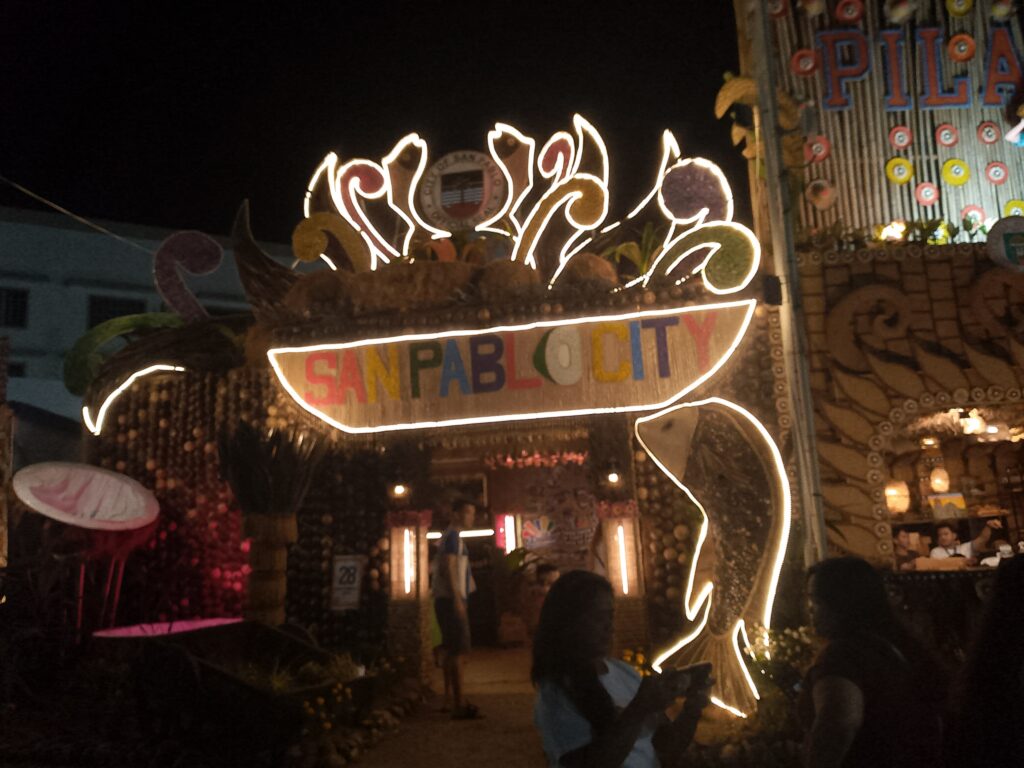
San Pablo City: The City of Seven Lakes
San Pablo City, located in the province of Laguna, is a vibrant and scenic destination known for its natural beauty, rich history, and cultural heritage. Dubbed the “City of Seven Lakes,” it offers breathtaking landscapes, eco-tourism attractions, and a thriving local economy. As one of the oldest cities in the Philippines, San Pablo continues to be a significant hub for agriculture, tourism, and trade.
A Historical Perspective
San Pablo’s history dates back to pre-Hispanic times when it was known as “Sampalok” due to the abundance of tamarind trees in the area. During the Spanish colonization, it was renamed San Pablo de los Montes and later became a municipality under the rule of Franciscan friars. In 1940, it was officially declared a city, making it one of the first cities in Laguna.
The Seven Lakes of San Pablo
San Pablo’s most famous attraction is its seven lakes, each with its own unique charm and ecological significance:
Sampaloc Lake – The largest and most accessible, located near the city proper, offering a scenic walkway and recreational activities.
Pandin Lake – A popular eco-tourism site known for its crystal-clear waters and bamboo raft dining experiences.
Yambo Lake – Twin to Pandin Lake, providing a serene environment for picnics and kayaking.
Mojicap Lake – Less explored, offering a quiet retreat for nature lovers.
Palakpakin Lake – Known for its fish farming industry and diverse aquatic life.
Calibato Lake – Surrounded by lush greenery, a haven for birdwatchers and hikers.
Bunot Lake – A peaceful spot famous for coconut plantations and aquaculture.
Culture and Festivals
San Pablo is home to vibrant festivals and cultural traditions that celebrate its heritage and local livelihood:
Coconut Festival (January) – A week-long festivity honoring the city’s coconut industry, featuring street dancing, pageants, and parades.
Tilapia Festival – Highlights the city’s aquaculture industry with cooking competitions and fish-themed activities.
Semana Santa (Holy Week) – A solemn religious observance with processions and reenactments of the Passion of Christ.
Economic and Agricultural Significance
San Pablo City remains an agricultural powerhouse, with coconut farming as its primary industry. It is also a leading producer of rice, coffee, and tropical fruits. The city’s economy has diversified over the years, welcoming industrial parks, commercial hubs, and tourism-related businesses.
Modern-Day San Pablo
Despite its historical charm, San Pablo continues to develop with modern infrastructure, shopping centers, and educational institutions. It serves as a gateway to Southern Luzon’s key destinations, making it an ideal place for both business and leisure.
Conclusion
San Pablo City is a perfect blend of nature, culture, and progress. Whether you’re looking to explore its seven lakes, experience its colorful festivals, or simply relax in a peaceful setting, San Pablo offers a unique and enriching experience. Its commitment to preserving its natural beauty while embracing modernity makes it a must-visit destination in Laguna.



